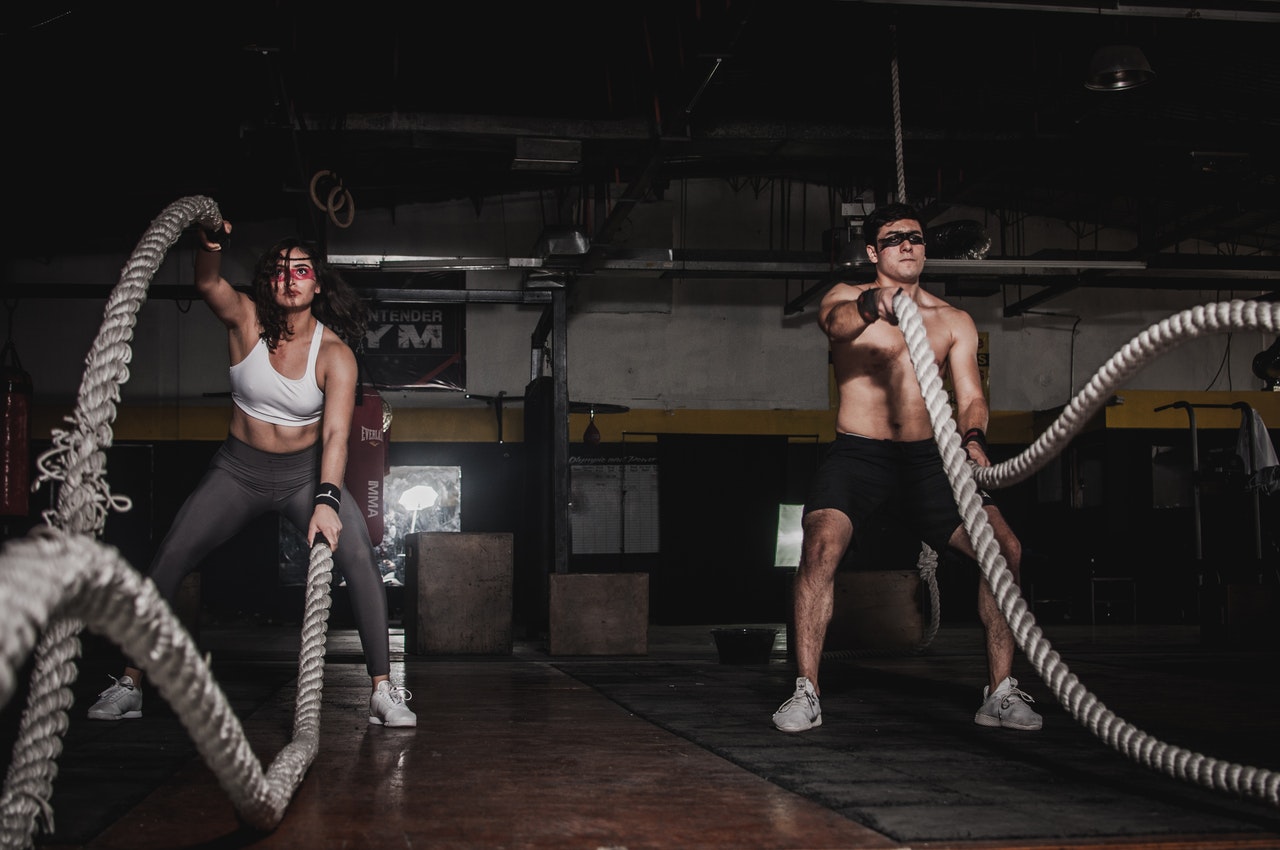The importance of taking care of ourselves after we exercise cannot be overstated. From taking an ice bath, to getting enough sleep, to eating anti-inflammatory foods, we should pay attention to how we recover from exercise. But what about before we exercise? What should we do to positively impact performance?
One answer is to implement a pre-exercise routine. Studies show that far from simply being superstitious, a pre-exercise routine has positive impacts on performance. Read on to learn about this research and how to implement its findings.
What the Research Says
Research studies show that implementing a routine before exercise, often called a pre-performance routine (PPR), works. Specifically, PPRs help athletes better plan and implement sports-related movements, feel more prepared for their competitions, effectively deal with stress and anxiety before and during competition, and improve focus during competition. Research also shows these benefits apply to both amateurs and professional athletes as well as athletes of various ages and genders.
One study, published in the Athens Journal of Sports, showed that accuracy of athletic performance improved when a PPR was used. This study focused on participants’ accuracy with golf putts, tennis serves, volleyball serves, and basketball free throws. One group of participants focused on preparing both mentally and physically, another group prepared only physically, and a third group did not prepare at all. The group that prepared both mentally and physically improved accuracy the most, the group that prepared only physically improved the next most, and the group that did not prepare did not improve.
Another study, published in the International Review of Sport and Exercise Psychology, did not experiment on participants directly but instead reviewed prior experiments. The researchers reviewed studies investigating athletes of various skill levels in 14 sports, both team and individual. The studies they reviewed employed a wide variety of PPRs, such as applying mental imagery, using a physical routine, and focusing on relaxation, among others. The researchers applied statistical analysis to these studies’ results and found that in both high-pressure and low-pressure conditions, PPRs improve athletic performance whether the PPR is customized to the particular athlete or not.
How to Implement a Routine
As the second research study showed, individualization of routines is not important; what matters is that a routine is used. Therefore, you can feel confident that if you adopt elements from a generalized routine, you will see positive results in your performance.
One researcher, sports psychologist Dr. Jim Taylor, a former top-20 ranked alpine ski racer and a former consultant to the US Ski Team, the US Tennis Association, and the USA Triathlon, has several suggestions for developing a routine that works for you. The first is to be sure you are not confusing a routine with a superstitious ritual. Such rituals include wearing a special pair of socks or taking a particular path to your workout or competition site. There is no proof that performing such rituals has any positive impact on performance.
You might note that many professional athletes take part in pre-performance rituals. Think of the baseball player who leaps over the first base line on his way to the outfield or the football player who always wears a red shirt under his jersey. Although rituals are common, there is no scientific evidence they have any positive effect.
On the other hand, Dr. Taylor, like so many other scientists, attests that routines are helpful, and he notes that doing a body check to pay attention to your level of intensity and adjust it accordingly is a great starting point. This could be why you sometimes see athletes pause and take a deep breath before performing a particular skill. Perhaps they’ve noticed they’re too intense and need to calm down.
Another important element of a PPR that Dr. Taylor recommends is adjusting your focus. For some, this means isolating yourself from distractions so you can devote your full attention to the task at hand. If this suits your style, perhaps you can model your approach after athletes who close their eyes right before their performance and visualize success. As Dr. Taylor observes, though, others might need to take care not to become overly focused on the stress of the moment, and instead surround themselves with people to lighten the mood.
Other important steps Dr. Taylor mentions that you might include in your PPR are eating a nutritious meal, warming up, and completing an equipment check. He notes you’ll need to assess your situation to figure out the feasibility of your plan. Is there space to be alone if you need to focus quietly? How much time do you have to complete your physical warm-up? Trial and error will help you determine which aspects of the general routine work best for you.

